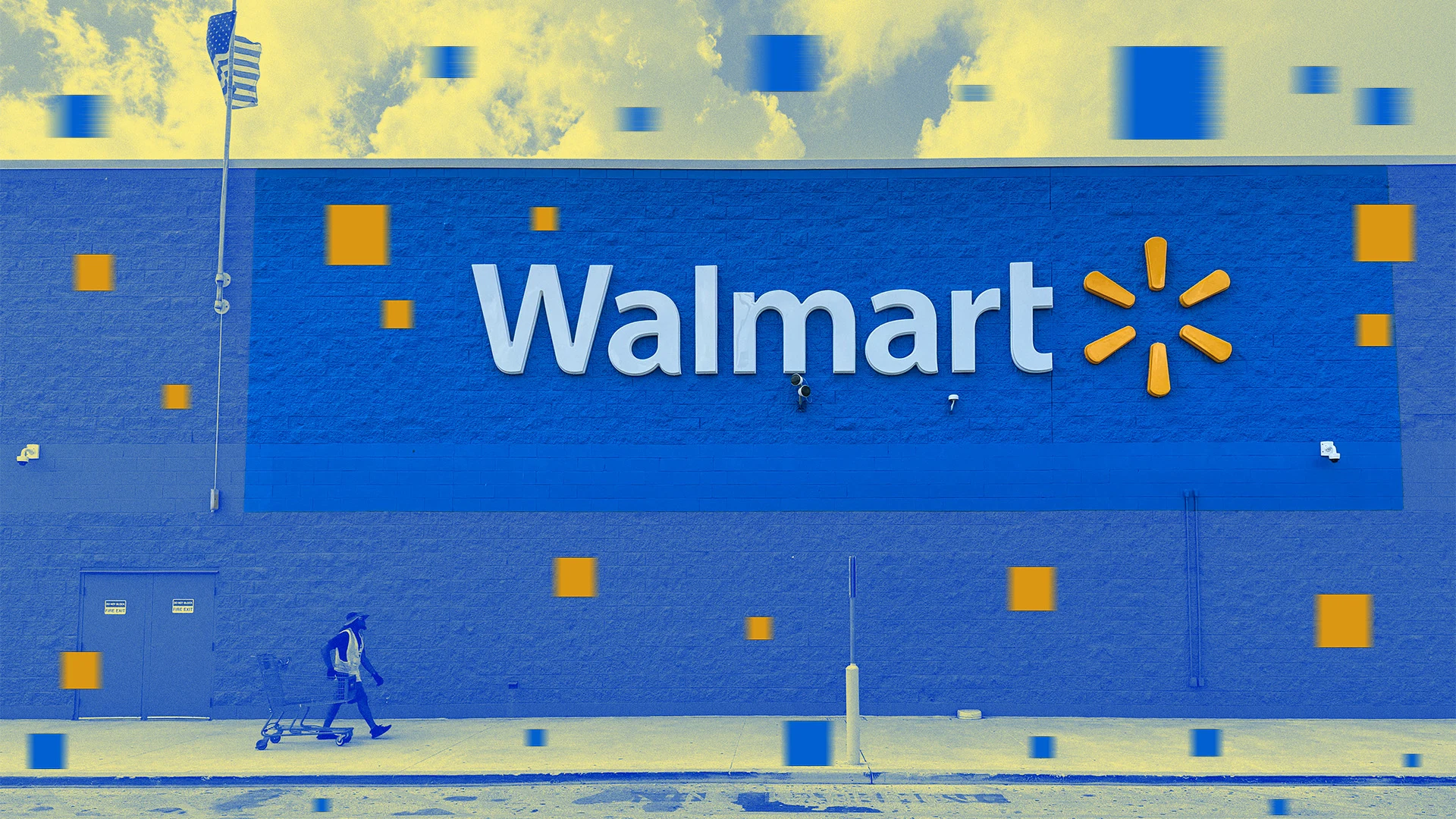Walmart has made a groundbreaking announcement that could redefine the future of retail. The company is significantly expanding its drone delivery service, bringing rapid, airborne delivery to millions of customers.
This move positions Walmart as the first retailer to scale drone delivery across five U.S. states: Arkansas, Florida, Georgia, North Carolina, and Texas. Imagine ordering ice cream or eggs and having them arrive via a flying robot in under 10 minutes – the future is rapidly unfolding.
The Drone Delivery Rollout
Walmart’s expansion is designed to bring unprecedented convenience and speed to its customers.
New Heights of Convenience
Walmart is taking convenience to new levels by leveraging drone technology. Customers in key metropolitan areas, including Atlanta, Charlotte, Houston, Orlando, and Tampa, will now benefit from receiving their orders in just minutes. This widespread expansion represents a significant scaling of an innovative delivery method. It underscores Walmart’s commitment to exploring new logistical solutions for customer satisfaction.
Beyond Initial Fears
Not long ago, public sentiment around drones, particularly at night, caused considerable anxiety in some regions, even becoming a minor issue in political discussions. However, the current expansion by Walmart suggests that this initial panic has largely subsided. This development feels like a genuine glimpse into the future of commerce. It evokes memories of early internet or social media pioneers discussing concepts that once seemed far-fetched but quickly became ubiquitous.
How Walmart’s Drone Delivery Works
The mechanics of this futuristic delivery system are surprisingly straightforward.
From Order to Air Drop
When a customer places an order, a Walmart associate efficiently gathers the purchased items. These items are then taken to a secure, fenced-off drone pen located within the Walmart parking lot. From this designated area, drones take off, carrying the customer’s order attached to the end of a tether. These drones can fly up to six miles away from the Walmart store. Upon arrival at the delivery address, the drones do not land. Instead, they safely lower the order to the ground using the tether, remaining airborne.
This restriction is primarily designed to prevent any interference with the drone from the ground. Once the delivery is complete, the drone returns to the Walmart store, often reaching speeds of up to 65 miles per hour. The entire mission, from order to delivery, can be accomplished within 10 to 30 minutes in many cases.
Partnerships and Current Limitations
Walmart’s drone initiative is a collaborative effort, and the technology still has certain practical limitations.
Collaborative Efforts
Walmart is not undertaking this ambitious project alone. For the past several years, the retail giant has partnered with specialized drone companies such as Zipline and Wing. Wing, notably, is a subsidiary of Google’s parent company, Alphabet, Inc. Wing has reported handling approximately 450,000 residential drone deliveries over the last 13 years and also manages deliveries for DoorDash, indicating its experience in the field.
Payload Constraints and Popular Items
At this stage of the technology’s development, drones have inherent limitations concerning the weight of the cargo they can transport. As reported by The Verge, Wing’s flagship drone can carry payloads of up to 2.5 pounds, while newer models can handle up to five pounds. This weight restriction means that customers cannot yet order an entire week’s worth of groceries via drone.
Consequently, most videos showcasing the service feature smaller orders, such as a single bottle of Powerade or a bag of cookies (sometimes with a small water bottle added for ballast). Walmart has confirmed that its most popular items for drone delivery currently include “fresh fruit, eggs, ice cream, and pet food,” all relatively light and compact items.
Future Challenges for Drone Delivery
Despite the exciting expansion, several challenges must be addressed as drone delivery scales further.
Addressing Key Hurdles
The current expansion will see drone delivery services offered at 100 more Walmart stores, building on existing operations in the metro Dallas area and northwest Arkansas. While this is a significant step, it represents just over 2.1% market penetration of Walmart’s 4,606 stores nationwide. As Walmart and other companies continue to develop this concept, several issues will require focus:
- Limited Weight: The current load capacity remains a primary constraint, limiting the types of products that can be delivered. Future improvements will focus on increasing this capacity.
- Limited Range: While a six-mile radius is effective given Walmart’s widespread store presence, longer travel distances could pose challenges. The drones’ speed makes them ideal for suburban sprawl but could become less efficient for very distant deliveries.
- Cost-per-Delivery: A two-year-old study by McKinsey estimated the average cost of a drone delivery at $13.50. While this cost is expected to decrease with technological advancements and increased scale, Walmart is likely investing now for the valuable learning experience and a strategic head start in the market.
- Neighbor Complaints: As drone delivery frequency increases, noise could become a nuisance for residents. So far, the primary objections have come from those living near drone take-off and landing sites. However, the potential for widespread annoyance from constant “bee-like” drone sounds in suburban neighborhoods could become a significant issue, much like the ongoing debates over gas-powered leaf blowers.
The “Last Mile Problem” Solution
Despite the challenges, drone delivery represents a promising solution to a long-standing logistical hurdle.
Revolutionizing Final Delivery
For decades, companies have struggled with the “last mile problem” in logistics. It is relatively easy and efficient to transport goods from a factory to a warehouse and then to a distribution center. The real challenge, and often the most expensive part, is delivering goods directly to individual customers’ homes. It is difficult to envision the future of logistics without drones playing a substantial role in solving this persistent “last mile” challenge.
Walmart’s expansion is a strategic move to gather data, refine its systems, and ultimately improve the entire drone delivery process. The vision of ice cream and eggs arriving at your doorstep via a flying robot within minutes is no longer science fiction but a rapidly unfolding reality.








